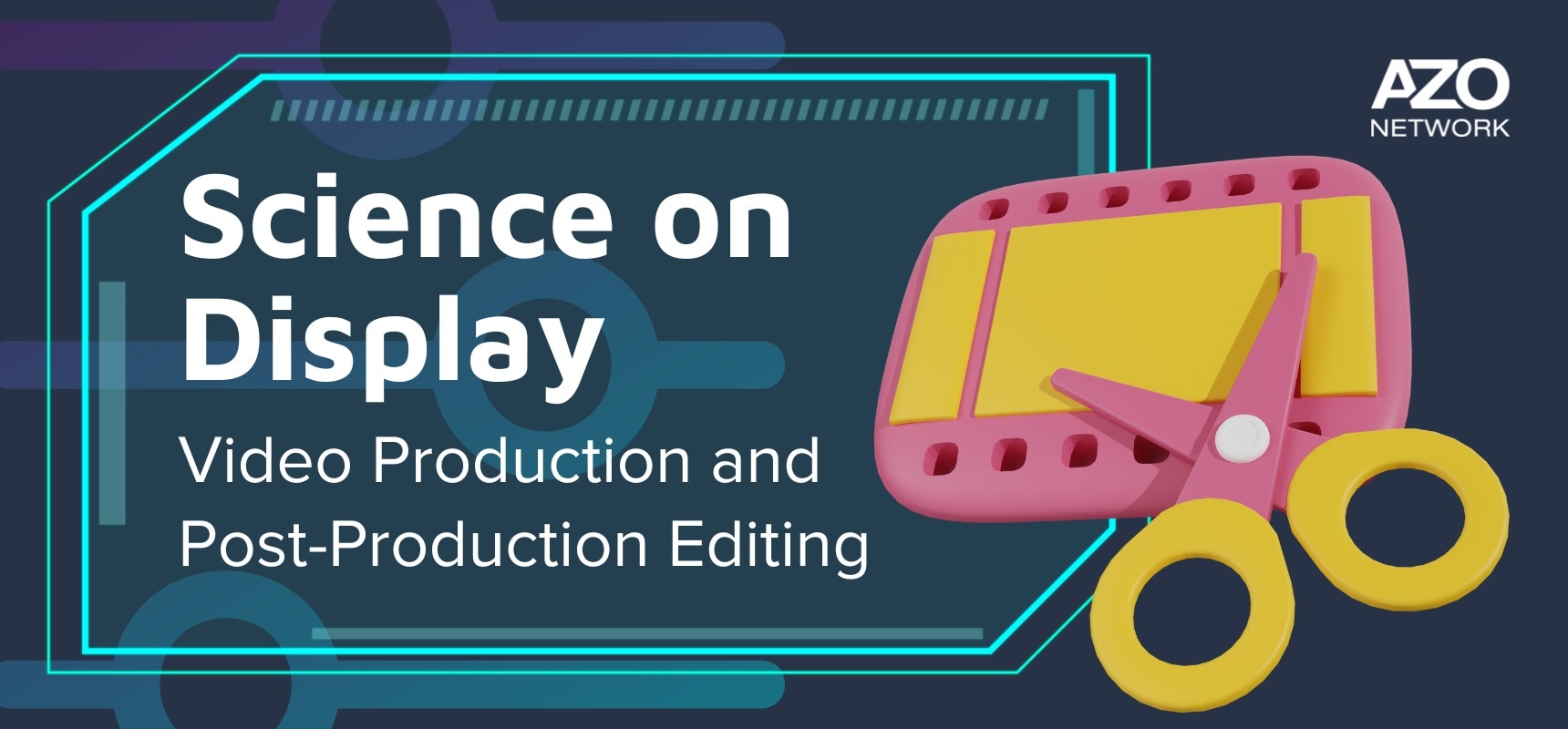
In our recent webinar Science on Display, Will Soutter and Joao Pinto joined us to discuss video production and editing; they answered some of the most common questions about recording a video with multiple cameras and post-production editing.
You can watch, listen to or read the discussion by clicking one of the links below.
Watch Science on Display Webinar
Listen to Science on Display
Read part three of the transcript, Science on Display: Video Production and Post-Production Editing
What is the setup for recording a video with multiple cameras like in this webinar, and how is it edited in post-production?
To record a video with multiple cameras, you will need cameras with good image quality that can work for long run times. We are using two DSLRs and a video camera, a Canon C100, for this webinar. We have set up one camera for a wide shot and one for a close-up of each speaker. Today, we have two camera operators to switch back and forth between two speakers each. For a live video with multiple cameras, you will need a video mixer to handle transitions and output the feed, which can go into a laptop or computer hosting the webinar.
Editing the video in post-production is necessary to perfect the product as much as possible. With multiple cameras, you have more options for angles and can create a more dynamic video. This also allows more intricate audio editing, such as cutting down specific sections. The first step in post-production is to collect the video and audio and examine the options for editing.
If we have multiple cameras for a live event, how do we feed them into one image for the audience to experience?
Rather than editing the footage together after the fact, the cameras would be connected to a video mixer during the live event. The cameras have HDMI outputs, which would go into the HDMI switcher, allowing for transitions and other effects. The output feed would be like a USB webcam and connected to the computer hosting the webinar. The video mixer can also add features like name tags and product bullet points.
What are the steps involved in post-production?
Post-production is about perfecting the product after it has been recorded. For example, the multiple cameras filming allows for more dynamic movement and options for angles, making the video more appealing. It also allows for more intricate audio editing; we can smoothly transition between speakers if there are any hesitations in the recording. The first step is to collect all the video and audio footage and determine the options for editing.
How can you improve audio quality post-production for webinars, videos, and podcasts?
When recording with good microphones close to the sound source, it's possible to capture good audio. However, when remotely recording webinars, using a computer's built-in microphone may result in poor audio quality. But you can still do several things to enhance the audio quality post-production.
Some common techniques include removing room reverberation, this happens in larger rooms so consider where you are recording. There are also techniques like equalizing, adjusting sound levels, and de-reverbing, which can all be done using plugins and software like Audacity, Logic Reaper, or Pro Tools. Equalizing removes harsh frequencies, and adjusting sound levels is necessary to balance the audio levels.
It's essential to pay attention to the audio quality for all types of content, including podcasts, videos, and webinars. Inconsistent sound levels between speakers, questions, and interviews can make the content sound unprofessional and more difficult for the listener to engage in.
If you don't have good equipment, you can record in a quiet room with shelves or soft furniture that absorbs sound. The closer you are to the microphone, the better the audio quality. Even if you're using a laptop mic, speaking directly into the microphone removes any room reverberation.
Read the other two parts of the interviews from Science on Display
Science on Display: Creating a Podcast to Share Science Stories
Science on Display: Creating Compelling Product Videos